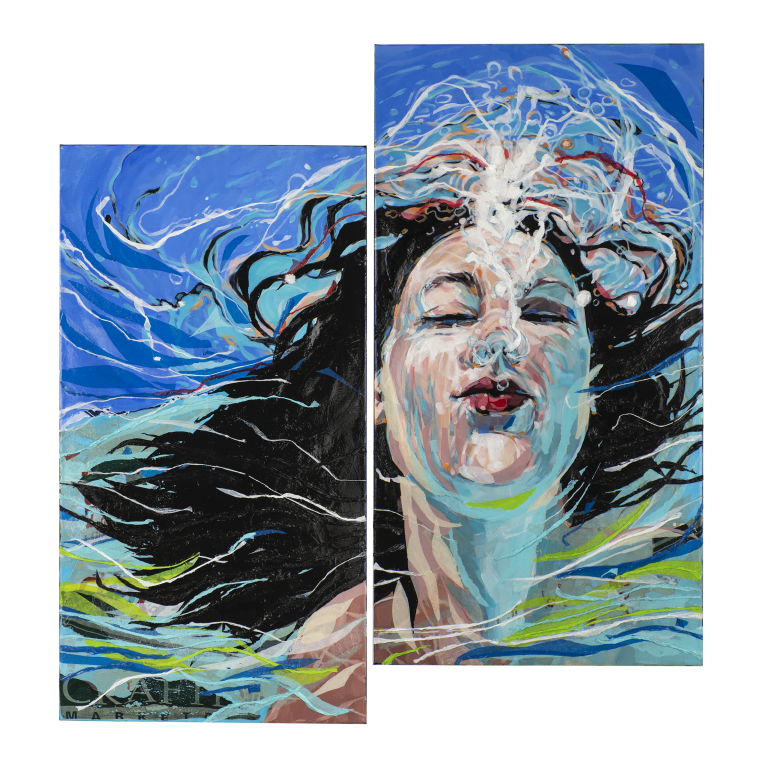Canadian Geographic commissioned five artists to create works out of plastic waste. Last in a five part series.
The results? Eye-catching and compelling commentary on the material’s impact on our planet.
Last in a five part series.
It was a powerful statement. For much of 2019, as visitors left Ripley’s Aquarium of Canada in Toronto, they were confronted with a silver canoe emerging from a tidal wave of plastic water bottles. What to make of this iconic Canadian symbol of water and wilderness engulfed in the seemingly ubiquitous empty bottles, a work titled Over Our Heads?
Questioning our dependence on plastic and the waste it’s creating is a principal motive behind the 10,000 Changes program from Canadian Geographic, together with Environment and Climate Change Canada and the Recycling Council of Ontario. As part of the initiative, Canadian Geographic wanted to inspire reflection on plastic similar to that prompted by the Ripley’s exhibit. So, we commissioned five Canadian artists to create works from plastic waste and share the rationale behind their art to provoke further thought on the issue.
Included among them is the very artist of the Ripley’s piece, Rebecca Jane Houston, along with Pete Clarkson, Katharine Harvey, Kerry Hodgson and Hilde Lambrechts. Some, like Houston, are already known for plastic waste art, while others mixed plastic into their existing mediums. All present pieces that will inspire us to rethink plastic. Here’s the last.
Emergence
by Kerry Hodgson

As the impacts of climate change move into the forefront of everyone’s minds, governments at all levels are slowly taking note, with some Canadian provinces implementing bans on most single-use plastic bags. While this piece is specific to the use of plastic shopping bags, it represents humankind emerging from their dependence on all single-use plastics.
The painting (on canvas about to be thrown out from a Costco) is done in acrylic, and plastic bags (a garbage bag and bags from several local grocery stores) were ironed on to create texture and movement in the lower part of the piece. This dissipates as the woman is about the reach the surface. As she is about to break through the water, she is also breaking away from the bags.
